Resources
Molds Breaking Regularly? A Wave of Tips to Teach You to Maintain Molds
Release time:2023-09-11
Molds Breaking Regularly? A Wave of Tips to Teach You to Maintain Molds
Molds in the production of materials, manufacturing cycle is long, and processing costs are extremely high, precision complex molds and large molds even more, so it is very necessary in the production of pre-production, production or production after the maintenance of molds.
Mold use and maintenance of the quality of castings and mold service life is greatly affected by the good and bad, mold maintenance and maintenance of the purpose is to improve production efficiency, reduce production costs, reduce failures and quality problems, while extending the service life of the mold.
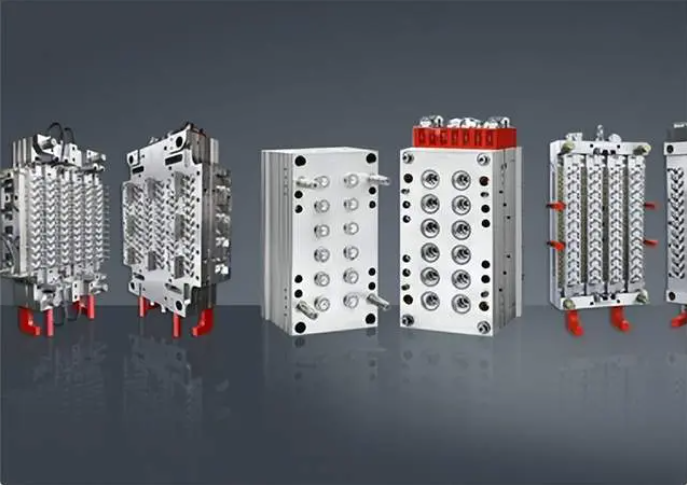
How to maintain and care for the mold?
Protection of mold rust
Maintenance is multi-faceted, such as storage place ventilation is not good, relative humidity more than 70%, will make the mold rust very quickly. For the use of parts in the mold, if the surface rust will affect the use of serious cases can not be repaired, easy to cause scrap. Therefore, rust prevention is very important to the maintenance of the mold, and must be highly valued.
Various types of molds in the stop using, should be timely on the working parts and sliding parts of the rust treatment. There are many ways to prevent rust, the most commonly used one is to use rust preventive agent to prevent rust, that is, use rust preventive oil or rust preventive grease coated on the surface of the parts, this method is more practical and simple.
(1) Rust preventive oil:Antirust oil is made of cylinder oil as the base, adding refined paraffin wax 10% (mass fraction) and castor oil 5% (mass fraction).
(2) Rust preventive grease:Antirust grease has a variety of matching agents according to the antirust object. Before antirusting, the debris left in the mold, such as residue, dirt, oil, etc., are thoroughly removed, wiped clean and evenly coated or brushed with a thin layer of antirust agent on the surface.
Depending on the length of storage time of the mold to determine the use of antirust oil or antirust grease. Rust preventive oil is suitable for slightly shorter storage time, and rust preventive grease is suitable for longer storage time.
When there is no suitable rust preventive oil or grease available, ordinary motor oil or grease can also be used to prevent rust.
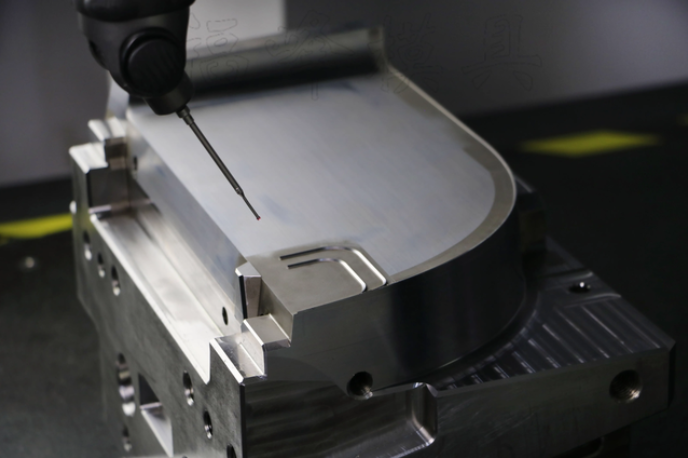
When the mold is used again, the oil on the mold should be removed and wiped clean before use. The method of removing oil is to disassemble the mold first, followed by thinning or other solvents to scrub, to ensure that the rods, cores inserted parts and the type of surface thoroughly de-oiled. For the parts that can not be disassembled, can be injected into the solvent, while blowing with compressed air, while scrubbing.
Maintenance when installing mold
(1) The upper and lower surfaces of the mold should be cleaned and wiped before loading the mold to ensure that the mold mounting surface and the press table surface are not injured by pressure, as well as to maintain the parallelism of the upper and lower mounting surfaces of the mold in production.
(2) After the mold is installed, open the mold, the mold parts clean, especially the guiding mechanism, for surface parts mold, the shape of the surface clean, in order to ensure the quality of the parts.
(3) Lubricate the sliding parts of the mold and apply grease. Mold parts of the inspection, especially the safety parts. Such as: safety side pins, safety screws, side guards, punching waste channel.
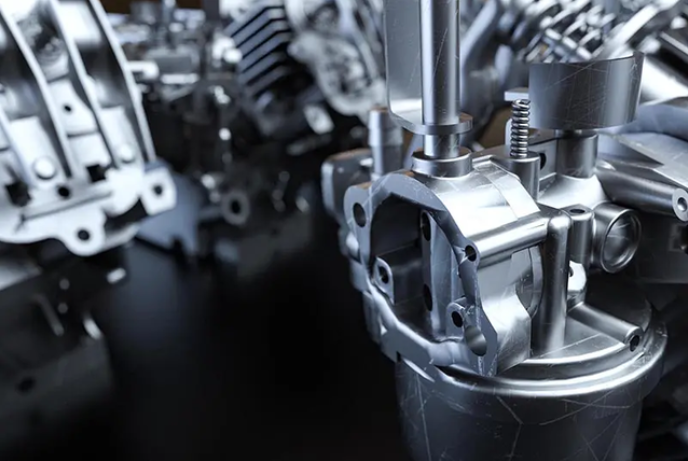
Maintenance during production
The corresponding parts of the mold are regularly oiled during production. For example: the press circle and round corner of the stretching mold; the knife mouth part of the trimming mold; the part of the flanging knife block and so on. Regularly clean up the waste material of the small hole waste channel of the trimming and punching mold.
Maintenance after production
(1) The mold should be fully inspected after production.
(2) The molds are thoroughly cleaned and wiped to ensure the cleanliness of the molds.
(3) Clean the waste in the mold to ensure that there is no waste in the waste box.
(4) The use of the mold state and after use, as a matter of fact, feedback to the mold summons.
The secondary maintenance of the mold refers to the regular and systematic maintenance of the mold formulated according to the technical status and complexity of the mold.
Convex and concave molds of ductile molds:
The main problems of the convex and concave dies of the stretching molds are hair pulling and puddling of the surface, the main maintenance is to polish the rounded hair pulling part of the molds. If there are pits, the mold should be patched and welded, and then repaired.
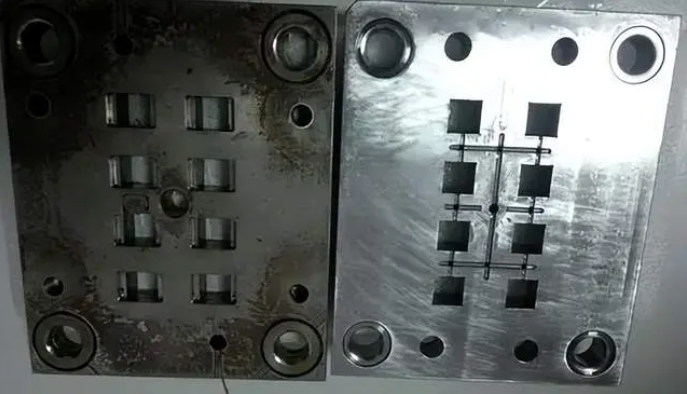
Guide parts (guide pillar, guide sleeve and guide plate, etc.):
Moulds in the work of the phenomenon of pulling marks, the main reason for this is dirty lubricant and guiding clearance bias and so on. The guiding parts to take the oil stone to push the smooth polishing method to eliminate.
Trimming the knife edge:
Mold in the use of the process of the knife edge part of the easy to appear chipping and edge collapse phenomenon. At this time, the mold should be damaged knife edge welding repair.
Spring and other elastic parts:
In the process of use, the spring is one of the most easily damaged parts of the mold, usually fracture and deformation phenomenon. The way to take is to replace, but the replacement process must pay attention to the specifications and models of the spring.
Spring specifications and models, through the color, outer diameter and length of three items to determine, only in the case of these three are the same can be replaced.
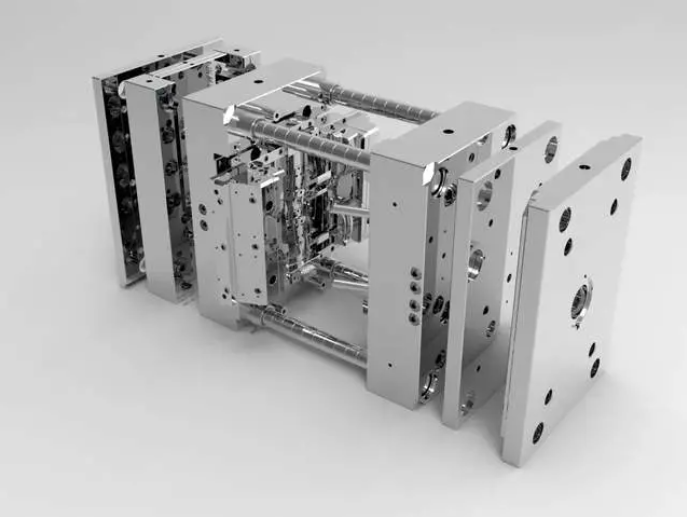
Punch and punch sleeve:
Most of the punches and punching sets used on the molds are standard parts, and the punches are prone to break, bend and gnaw bad phenomenon during the use of the molds. Punching sleeve is generally chewed bad.
Damage to the punch and punch sleeve are generally replaced with parts of the same specifications. The parameters of the punch mainly include the size of the working part, the size of the mounting part, the length size and so on.
Fastening parts:
Check whether the fastening parts are loose and damaged phenomenon. The way to take is to find the same specifications of the parts for replacement.
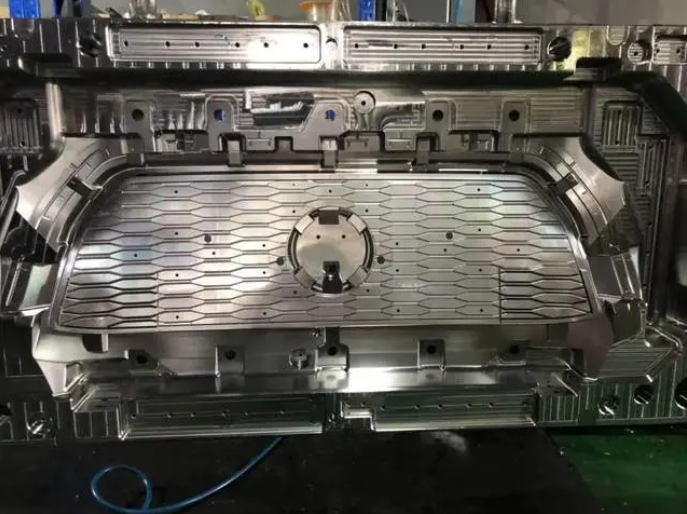
Pressing and unloading parts:
Pressing parts such as pressure plate, Yuli glue, etc., unloading parts such as unloading plate, pneumatic ejector device, etc.. Maintenance check each part of the assembly relationship and there is no damage to the damaged part of the repair.
Pneumatic ejector check for air leakage, and take measures for the specific situation. If the air tube is damaged, replace it.
Moulds must be ground edge after a long time of use, after grinding the edge surface must be demagnetized, otherwise prone to clogging. Regular maintenance of the mold as well as keeping the machinery, raw materials and workshop clean will help to ensure the normal production of mold.
If you have any project needs, please contact us!

Posts by Topic
Recent Posts
- What is the process of mold manufacturing?
- What should be paid attention to the polishing of injection molds?
- What is easy to ignore when maintaining and overhauling injection molds?
- What are the 6 systems of plastic molds?
- What are the methods of strengthening the surface of injection molds?
- What are the methods of insulation for injection molds?
- How to solve the problem of injection mold release difficulty?
- How can we increase the brightness of ABS injection molded parts?
- What are the common problems of mold maintenance and how to solve them?(1)
- What are the common problems of mold maintenance and how to solve them?(2)














